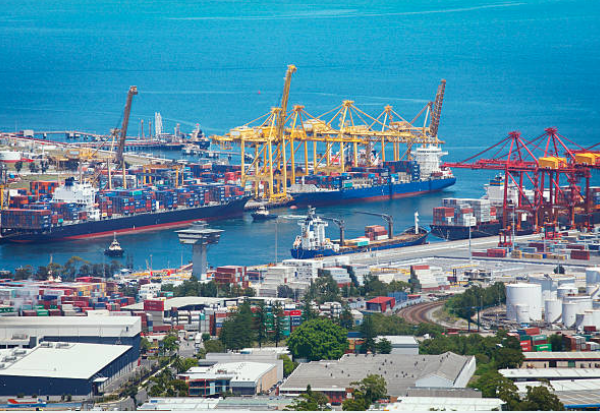
Posted on Wednesday, October 9, 2024
Importing roll forming machines into Australia can be a strategic move for manufacturers looking to enhance their production capabilities. This guide outlines the essential steps and considerations for successfully importing roll forming machines, ensuring compliance with Australian regulations and making the most of your investment.
a. Research Import Requirements:
b. Compliance with Australian Standards:
a. Finding Reliable Manufacturers:
b. Evaluating Product Quality:
a. Customs Duties:
b. Goods and Services Tax (GST):
a. Choosing a Shipping Method:
b. Preparing Documentation:
a. Engaging a Customs Broker:
b. Submission of Documentation:
a. Planning Installation:
b. Training for Staff:
Importing roll forming machines into Australia can significantly boost your manufacturing capabilities, but it requires careful planning and adherence to regulations. By following this guide, you can navigate the complexities of the import process, ensuring a successful acquisition that meets your operational needs.

32/1000 Box Profile Roll Forming Machine – Complete Guide & Specifications
Posted on Sunday, November 16, 2025
High-performance 32/1000 box profile roll forming machine for roofing and cladding. Full specifications, profiles, applications, pricing

PBR / R-Panel Roll Forming Machine – Complete Guide & Specifications
Posted on Sunday, November 16, 2025
PBR / R-Panel roll forming machine for roofing and wall cladding. Full specs, profiles, applications, pricing, and global buying guide. Built to order.

Posted on Sunday, November 16, 2025
How to Diagnose and Fix the Hidden Electrical Problems That Cause Downtime
Copyright 2025 © Machine Matcher.